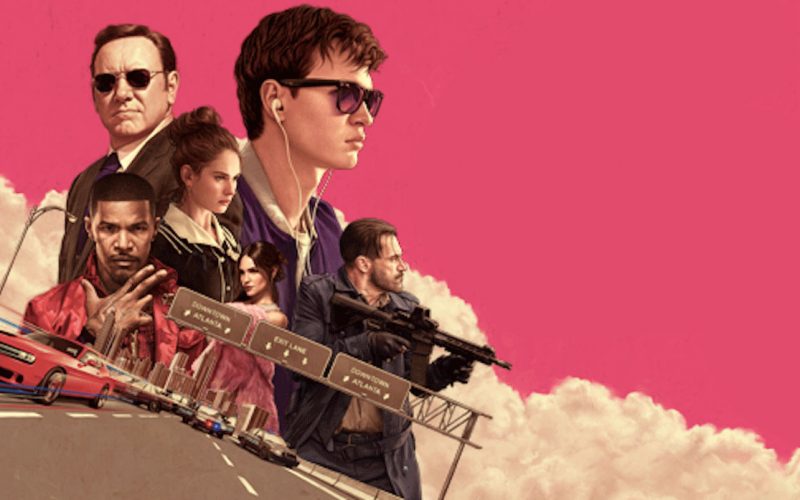Baby Driver (2017) – Review.
As a huge fan of his collaboration with Nick Frost and Simon Pegg on their Coronetto Trilogy of films and their cult TV series Spaced, I’ve always been an ardent admirer of Edgar Wright’s directorial style, but had always questioned how he would fare given a crack at a big budget studio film. For the longest time it appeared that I would get this answer with his proposed Marvel Studios Ant-Man film, but alas that fell to the wayside as he left the project following the oft-cited “creative differences”.
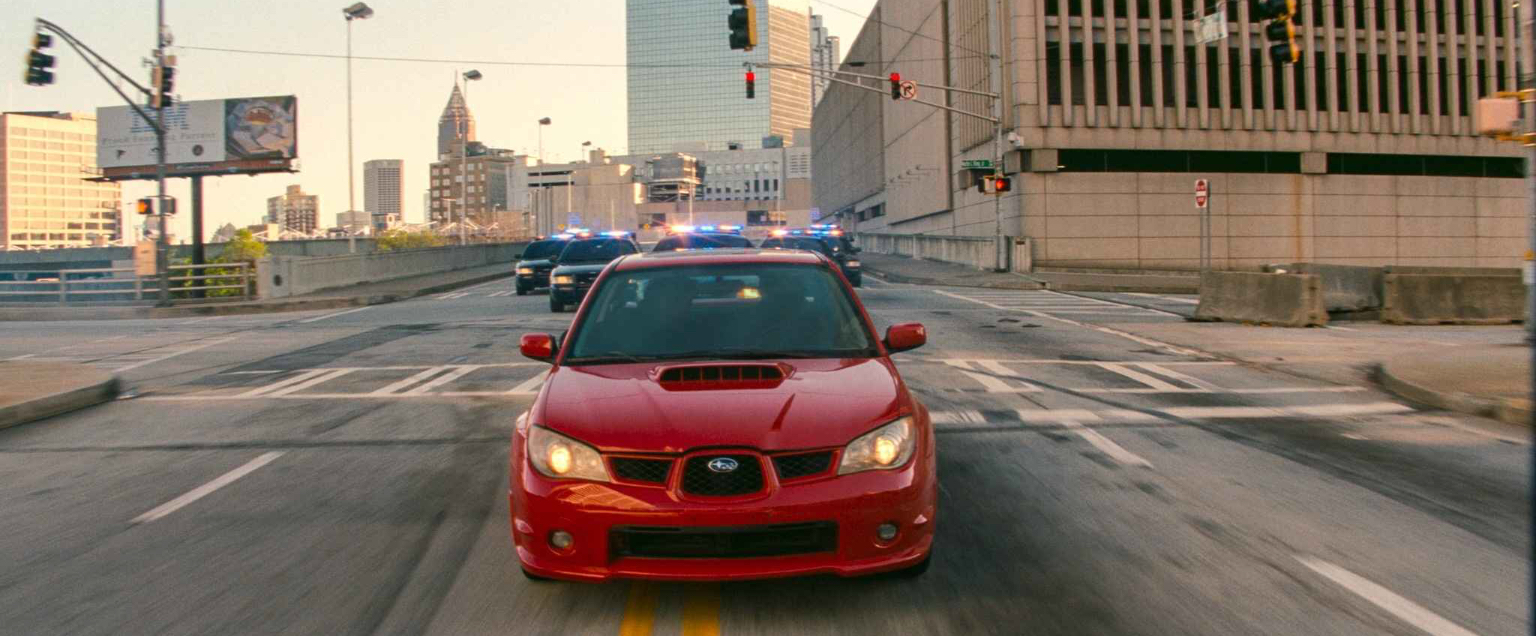
Earlier this year, Wright finally returned to the world of cinema once again with Baby Driver.
The story has said to have been gestating within Wright for over a decade and from this writer’s perspective, it’s a massive success. It’s success is partly thanks to a stellar cast, which includes John Hamm, Jamie Foxx, and Kevin Spacey, alongside relative new comers Lily James and Ansel Elgort as the titular Baby, a young getaway driver injured in a car crash as a child that left him with the medical condition tinnitus, a constant ringing in the ears. Baby has found a way to cope with this by using music to help him deal with the effects of the disorder. The presence of music also helps Baby to regain his equilibrium and focus and he uses this to maximum effect when behind the wheel.
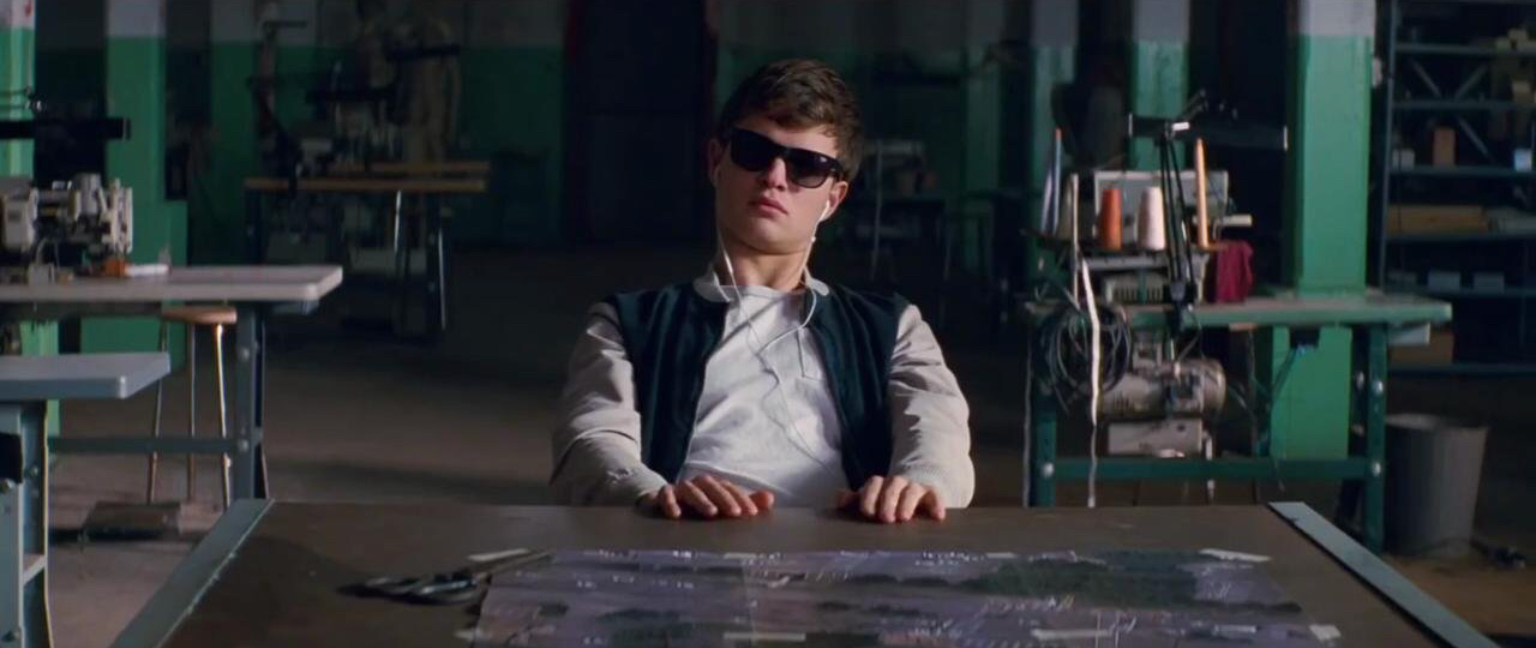
What Wright has crafted is a fun and inventive film, a mix of love story, heist movie and musical.
It opens with one of the best car chases in recent movie history and the director shows a genuine flair for capturing action with a frenetic pace and excitement that is simply jaw dropping to behold, devoid of the use of CGI effects that are now so often used in place of actual stunt driving. However, Baby Driver has so much more to offer than car chases and stunts.
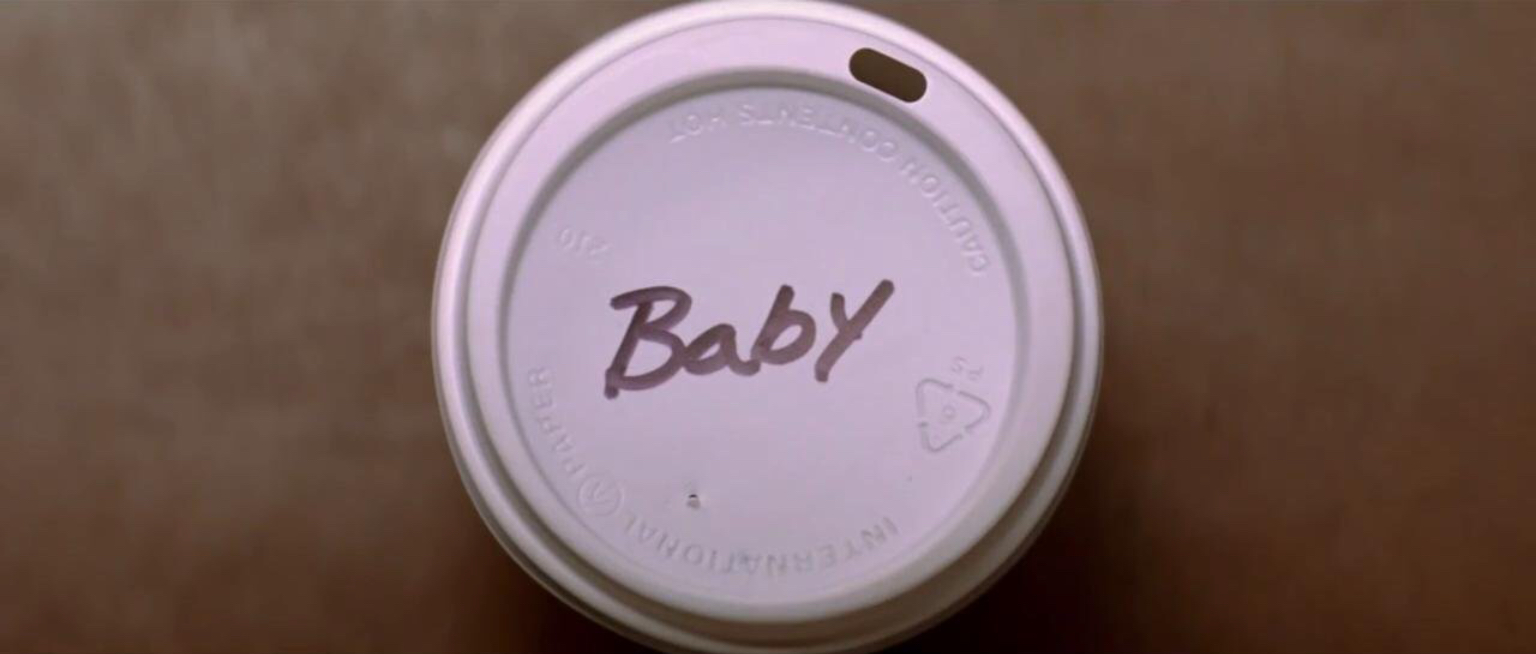
The film bears Wright’s trademark style which is punctuated throughout the movie with his dynamic direction, combined with a sterling soundtrack, used to perfection in the opening title sequence. At first it’s easy to view this as an attention grabbing opening stanza and it certainly bears the hallmarks of some of Wright’s earlier work with the lyrics of the opening song displayed on screen via graffiti, posters and store window signage. It is however, all the more impressive after you realise it’s a one-shot sequence reminiscent of the title character’s hungover walk through the suburban apocalypse in Shaun of the Dead, but on a much grander scale. It’s said to have taken 28 shots to get right but was certainly worth the effort.
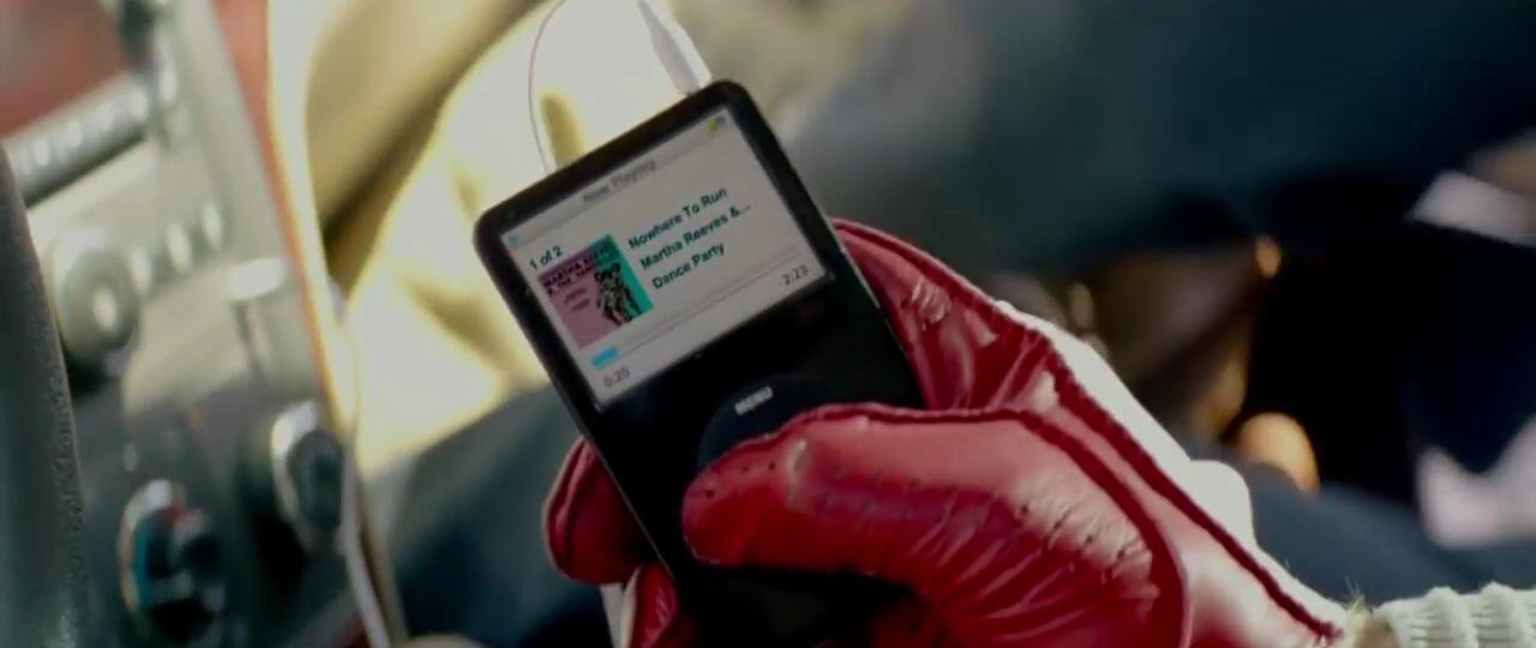
I approached Baby Driver with the view that it would be an entertaining action film, but as I watched, the more I realised that Wright has put his genre-blending magic to great use once again. Where as the selling point for Shaun of the Dead is a romantic comedy with Zombies or “Rom-Zom-Com”, Baby Driver applies the same formula of the mixture of different genres combined with a story that involves colourful and interesting characters.
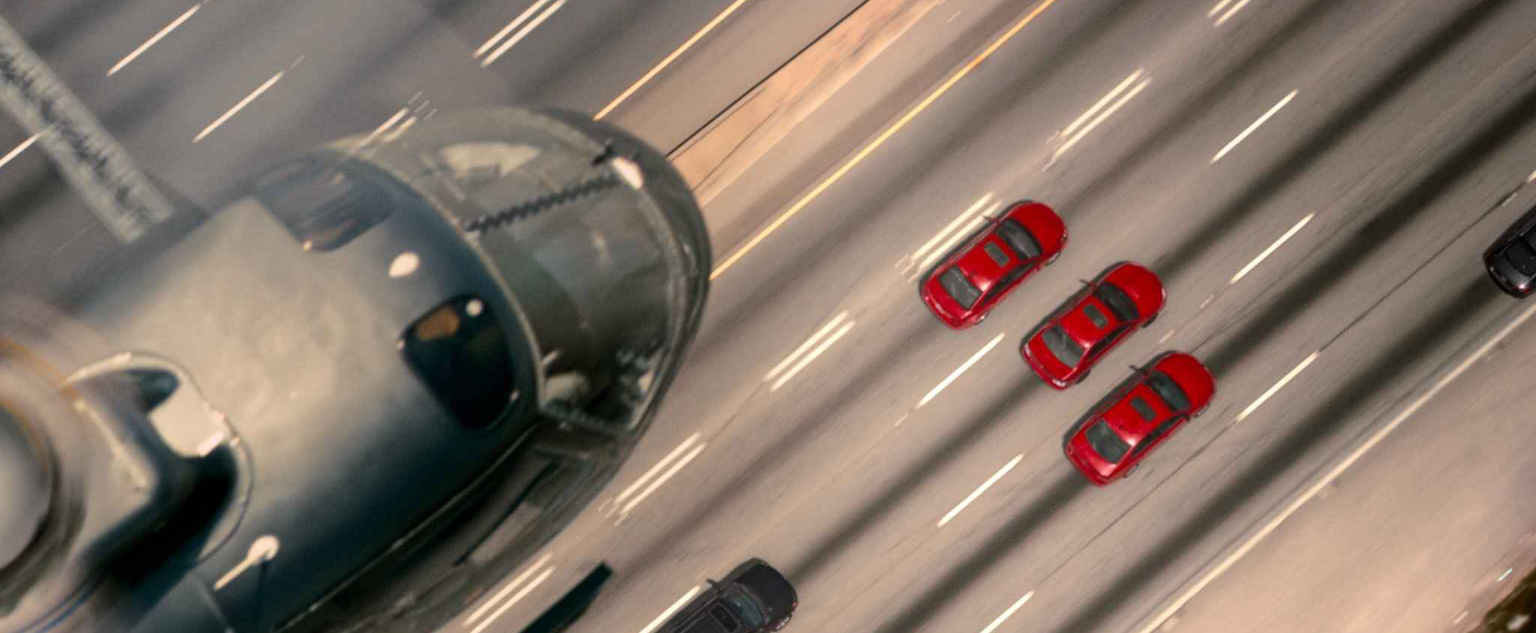
Where something like La La Land was sold on the strength of being the return of the old fashioned Hollywood musical, Baby Driver has somehow managed to sneak the same style into its make-up in a much less on the nose fashion that fits perfectly with the story being presented to us. So much of the film involves the players involved acting in a manner which implies there’s a certain choreography to the accompanying soundtrack. Sometimes this is more obvious with Baby singing along to tracks, but also in some other more stealthy performances such as Doc (Kevin Spacey, in what you would imagine will be one of his last major roles for a while) dividing out large wads of stolen cash to the beat of the tune playing in the background. Wright uses the soundtrack to set the pace of his story without it becoming an obvious distraction. Conversely, in the scenes without music, a feint hum lingers significant of Baby’s affliction.
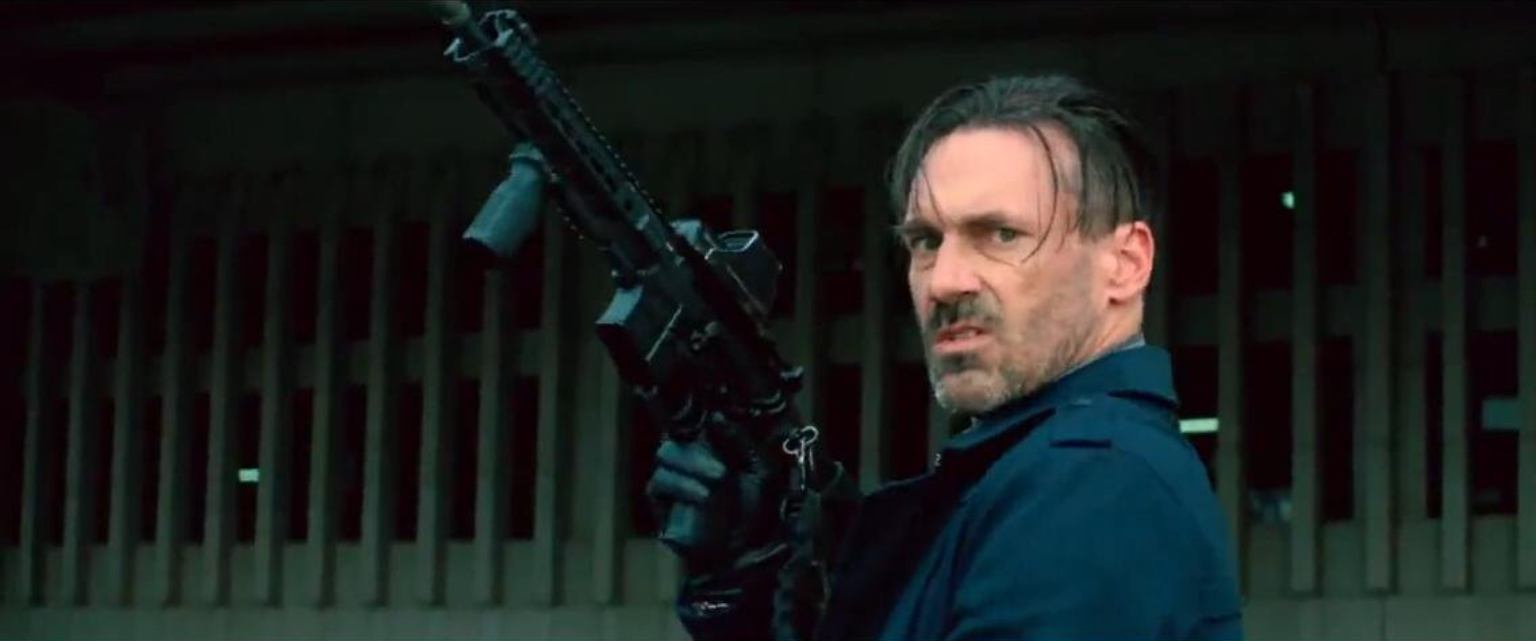
The characters, whilst not perhaps grounded in reality are still believable and their whole setup works effectively in bringing you into their world. Certain characters such as Bats (Jamie Foxx) convey genuine malice, whilst the married couple of Buddy (John Hamm) and Darling (Eliza Gonzalez) are interesting enough to perhaps have had their own spin-off movie. Doc never uses the same crew twice and this gives the opportunity for characters to drift in and out of Baby’s getaway vehicle. Whilst the story of how Baby came to work for Doc is never fully explained, the repayment of a debt leads to the “one last job” scenario that inevitably goes south.
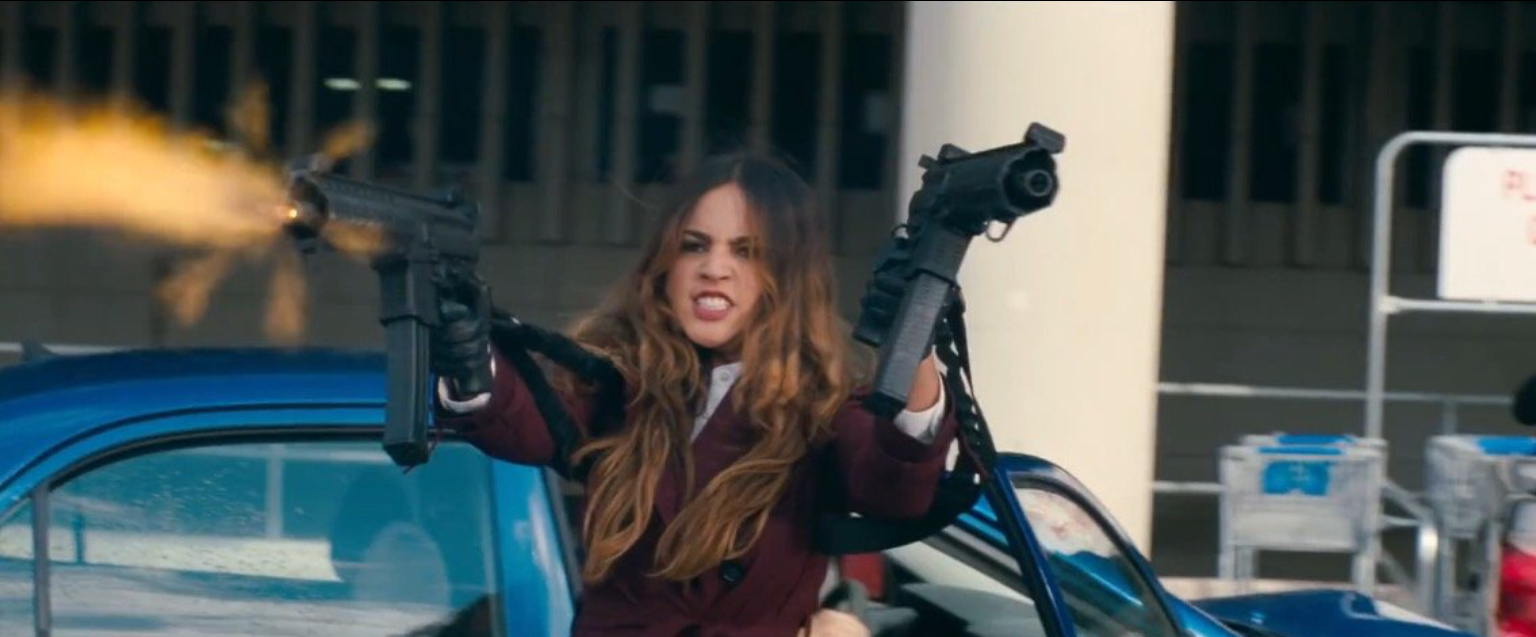
The love story between Baby and Debora (Lily James) is reminiscent of a ‘50s teen flick and is captured perfectly with Debora working in a diner. This definitely marks a change in direction for Wright with his earlier work being more comedic in tone than Baby Driver and the story is told in a far more conventional fashion than we have seen from him before, although there are still some genuinely funny scenes to keep the tone of the film lighter than it could have turned out.
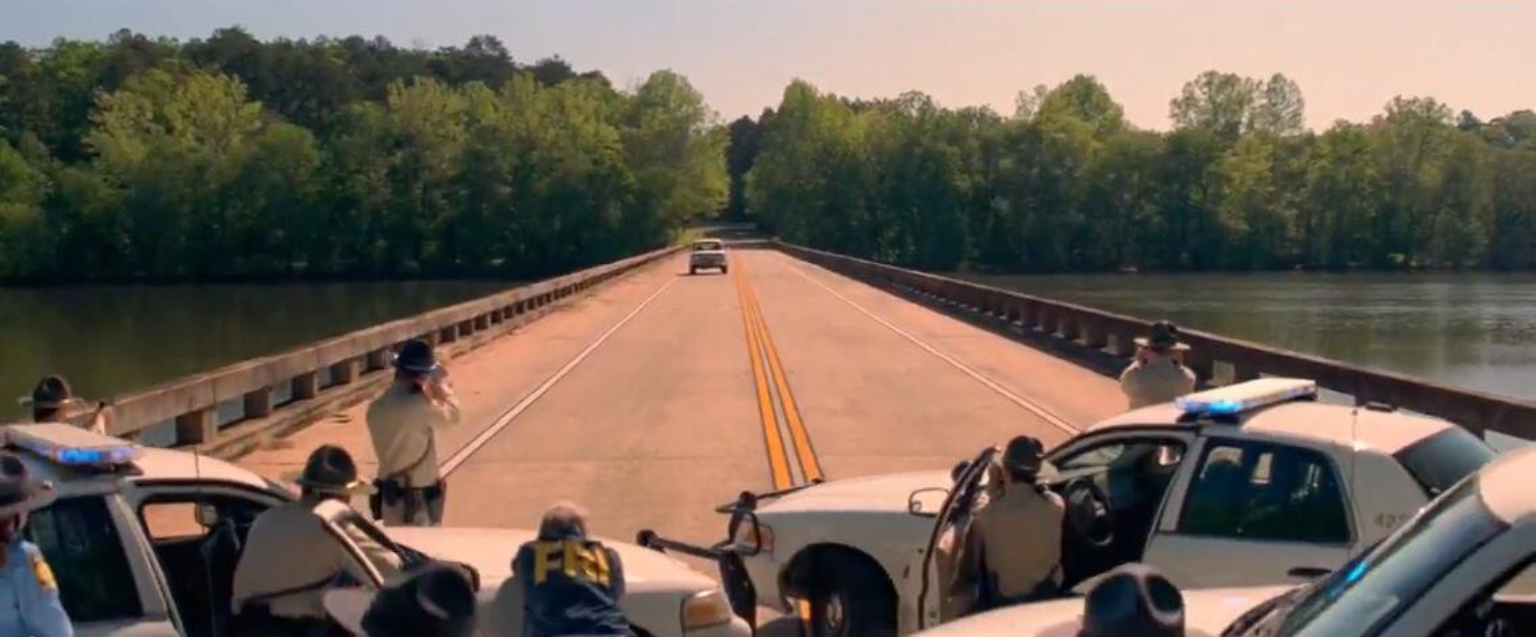
Baby Driver is a genuine surprise of a movie. As a whole, it’s much stronger than its potentially basic storyline could have made it, due in no part to the superb directorial flare on show, it’s great cast, eye popping stunt work and that ever present soundtrack. Baby Driver was released a month before Film ‘89 went live but as the home video release approaches, it is with much satisfaction that I give it a very high recommendation.
Film ‘89 Verdict – 8/10
Baby Driver is available to buy on DVD/Blu-Ray in the UK November 13th.

